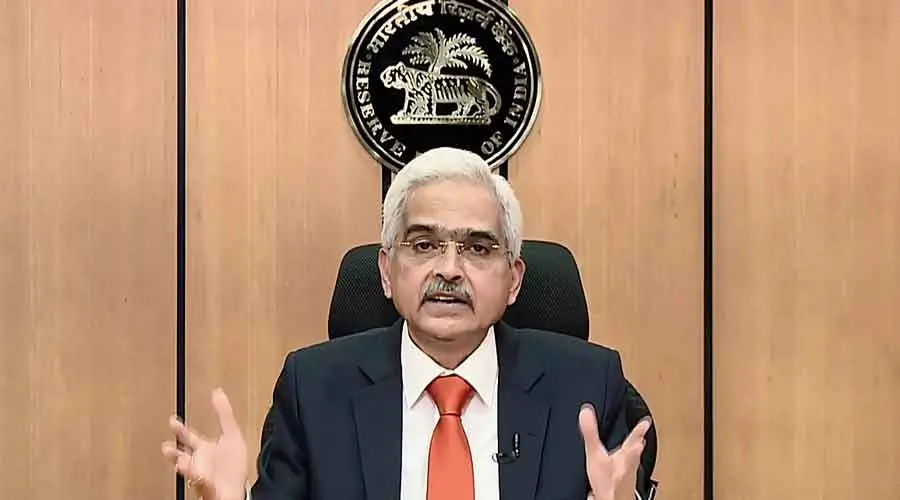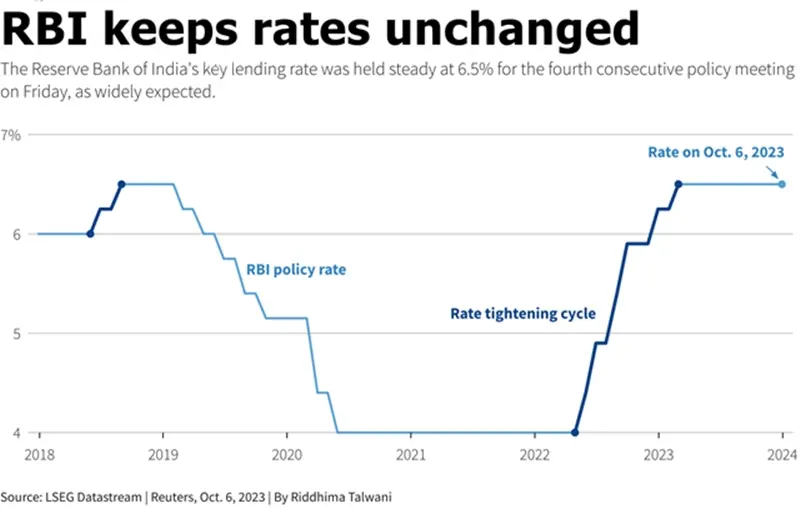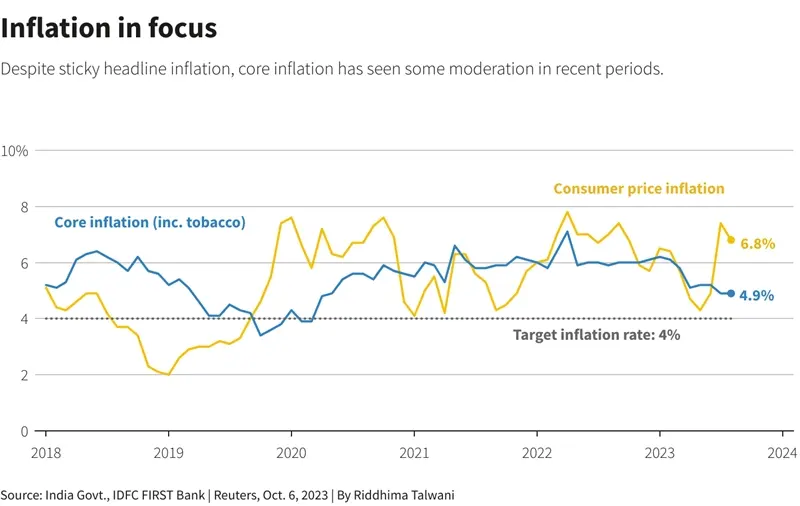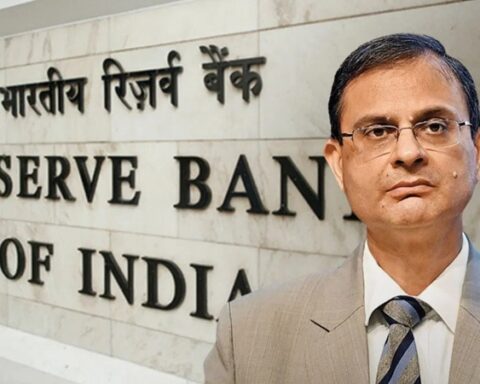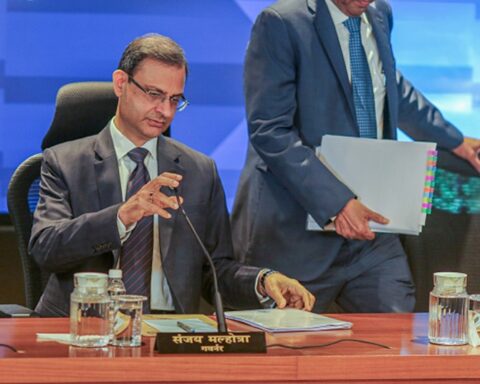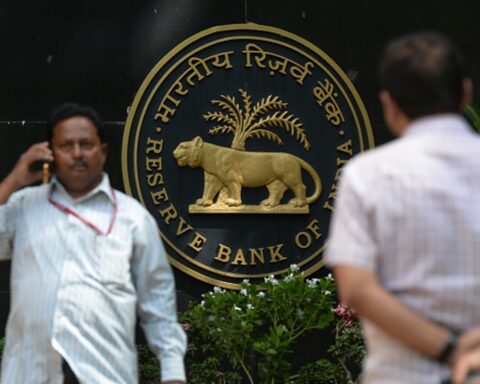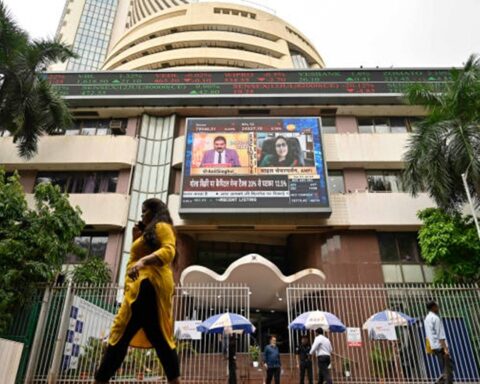MUMBAI, Oct 6 (Reuters) – The RBI (Reserve Bank of India’s) key lending rate was held steady at a fourth consecutive policy meeting on Friday, as widely expected, with investors more focused on the regulator’s liquidity management plan amid a resurgence in inflation.
The country’s monetary policy committee (MPC) kept the repo rate (INREPO=ECI) unchanged at 6.50%, in a unanimous decision. Most economists polled by Reuters had expected it to keep rates steady.
It has raised rates by 250 basis points (bps) since May 2022 in a bid to cool surging prices.
The committee remains “resolutely focused on aligning inflation to the 4% target on a durable basis,” RBI Governor Shaktikanta Das said.
The RBI also maintained its policy stance of “withdrawal of accommodation” to ensure inflation progressively aligns with the committee’s target while remaining supportive of economic growth.
Five of six committee members voted in favour of the stance.
The impact of past rate hikes is still to be fully felt across the economy, Das said.
Annual retail inflation eased to 6.83% in August, from a 15-month high of 7.44% in July, but remained well above the central bank’s 2%-6% comfort band.
Sharp spikes in food prices have been the main driver as erratic weather conditions hurt production of staples like vegetables, milk and cereals.
“While declining core inflation is a silver lining, the overall inflation outlook remains clouded,” said Das, citing the impact of patchy rains and volatile global food and energy prices.
The central bank kept its inflation forecast unchanged and sees it averaging 5.4% in the financial year 2023-24. The economic growth target was also unchanged at 6.5% for the year.
The benchmark 2033 bond yield was trading marginally higher at 7.2240% after the central bank decision as well as the comments on inflation. It was at 7.2197% before the announcement.
The Indian rupee barely reacted to the decision and was last at 83.2050 to the U.S. dollar, while local shares stayed higher, with the benchmark BSE index (.BSESN) up 0.3%.
High inflation has put the focus back on liquidity management amid the reduced ability to keep hiking rates at the risk of hurting growth. Further RBI commentary is being closely monitored by market participants.
The central bank may consider open market sales of bonds to manage liquidity conditions in line with its inflation objectives, Das said.

